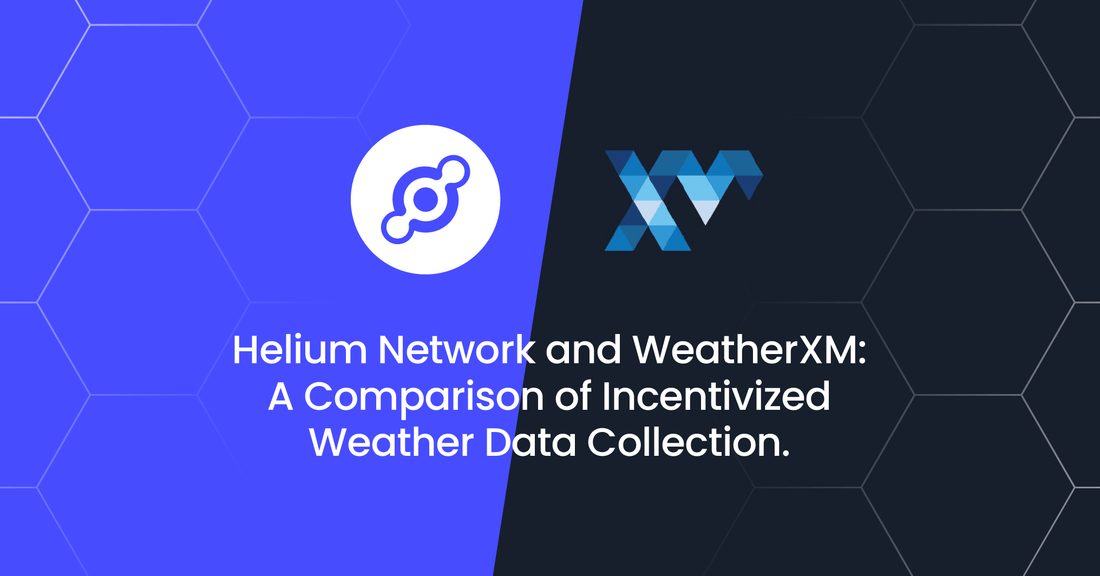The Helium Network and WeatherXM are both utilizing innovative technologies to revolutionize the way weather data is collected and shared. Both projects aim to increase accessibility and trust in weather data, but approach the issue from different angles.
The Helium Network is a decentralized network that utilizes a blockchain-based incentivization model to gather data for the Internet of Things (IoT). The network utilizes a combination of low-power wireless devices and blockchain technology to create a decentralized, peer-to-peer network for IoT data transfer. Individuals and businesses can earn cryptocurrency by hosting a wireless device and participating in the network, creating a decentralized network of data collectors. This allows for a more distributed and decentralized approach to data collection, reducing the reliance on a small number of centralized providers.
WeatherXM, on the other hand, is focusing on creating a global network of weather stations for the agriculture and insurance industries. The project leverages IoT and machine learning technologies to create a dense network of weather stations that can provide accurate and accessible weather data for smallholder farmers and insurance companies. By integrating blockchain technology, WeatherXM aims to increase trust and transparency in the weather data industry, particularly for crop insurance in developing countries. By creating a dense network of weather stations, WeatherXM aims to provide more accurate and localized weather data, which can be crucial for smallholder farmers who rely on this data to make critical decisions about their crops.
One key difference between the two projects is the type of data they are collecting. Helium's network focuses on collecting data for IoT applications, while WeatherXM's network focuses on collecting weather data. Additionally, Helium utilizes a decentralized network of individuals and businesses to gather data, while WeatherXM is building its own network of weather stations. WeatherXM is also building and making devices compatible with the Helium Network.
For example, imagine a smallholder farmer in a rural area of Canada who wants to purchase crop insurance to protect against the risk of drought. Traditional insurance providers may not have access to accurate weather data for this specific location, making it difficult for them to accurately assess the risk and offer affordable coverage. WeatherXM's network of weather stations, on the other hand, could provide accurate and localized weather data for this specific location, allowing more accurate and affordable coverage.
Similarly, imagine a business that wants to track the temperature and humidity of a warehouse to ensure optimal storage conditions for their products. The Helium Network could provide a decentralized and cost-effective solution for this business to track this data.
Both the Helium Network and WeatherXM are utilizing blockchain technology and incentivization to change the way data is collected and shared. By increasing accessibility and trust in data, these projects have the potential to positively impact a wide range of industriesby using the Internet of Things.
